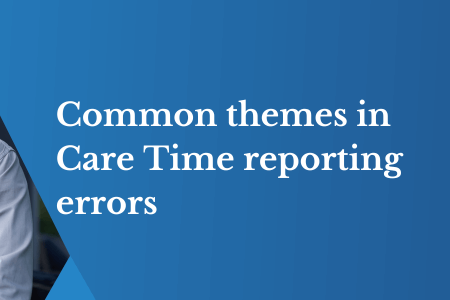Future workforce a concern
May 1, 2015 | Aged Care Management

The Australian aged care industry is little without a skilled, reliable workforce of trained professionals and leaders, working to ensure that the needs of elderly Australians are met around the clock.
While important now, the need for skilled staff will continue to mount with elderly population growth, thus highlighting the necessity of action sooner rather than later. As usual, aged care industry bodies are responding to this need, by noting the best courses of action.
Building a skilled and modern workforce
Aged and Community Services Australia (ACSA) explained that an Aged Care Workforce Development Strategy needs to become a priority of the Federal Government if workforce demands are to be met. This was detailed in The Aged Care Workforce in Australia position paper, which called for a focus on building a “skilled, modern and diverse age care workforce”.
 A skilled workforce is essential for aged care.
A skilled workforce is essential for aged care.“Based on the projections for service growth to 2023, it is estimated that there will need to be an additional 55,770 full-time equivalent (FTE) care workers (37,620 in residential aged care and 18,150 in community aged care) over the decade from 2013 to 2023,” CEO of ACSA Adjunct Professor John Kelly explained.
Recognising female leaders
Similarly, Leading Aged Services Australia (LASA) noted disappointment in the most recent scholarship round to recognise female leaders.
Right now, there’s a strong gender bias toward female workers, as 89 per cent of the residential workforce is female, followed by 90 per cent in community care. It’s definitely important to represent this substantial proportion at the management level.
The organisation also announced support for efforts to increase the proportion of women on boards by 30 per cent, and explained that the percentage should be higher still in industries where the majority of workers are female.
The need for skilled staff will continue to mount with elderly population growth
“Investing more in the high-performing women already working in age services is one of the ways in which the Federal Government can address the economic impacts of our ageing population,” LASA CEO Patrick Reid explained.
The next few years will see continued growth in the aged care sector, with climbing resident numbers. This will in turn keep pushing the need for qualified staff, sustainable funding strategies and efforts to address challenges as they crop up.
What do you think are the biggest opportunities for success in the aged care industry today? Please contact us and let us know!


